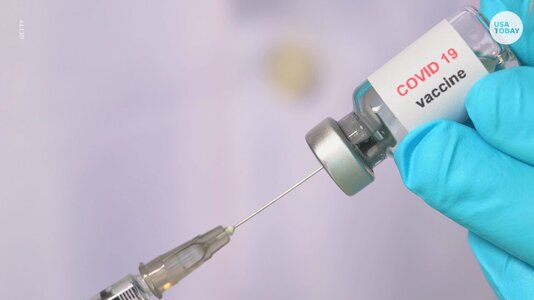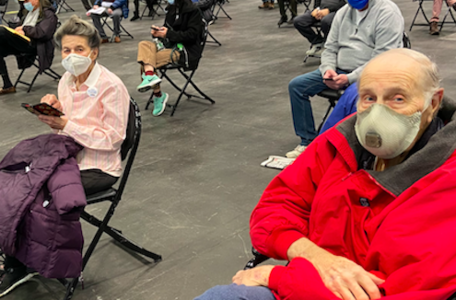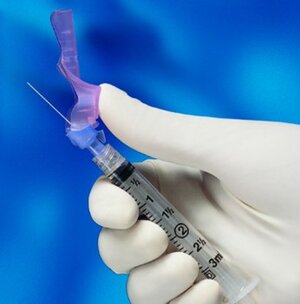- Joined
- May 23, 2017
- Messages
- 2,257
They are not reusing needles on people. Lol.
But, what happens sometimes is they draw up the vaccine from the vial and then administer into the person's arm. Best practice would be to draw up the vaccine with the first needle, dispose of that needle, then put a new needle on before injecting into your arm. Because, after they use the first needle to draw up the vaccine from the vial, it has already been dulled a little.
Do you understand now?
This is so true. Vaccines are much more comfortable with a needle that has not been used to draw up the vaccine.


















300x240.png)